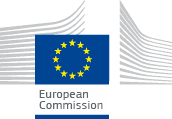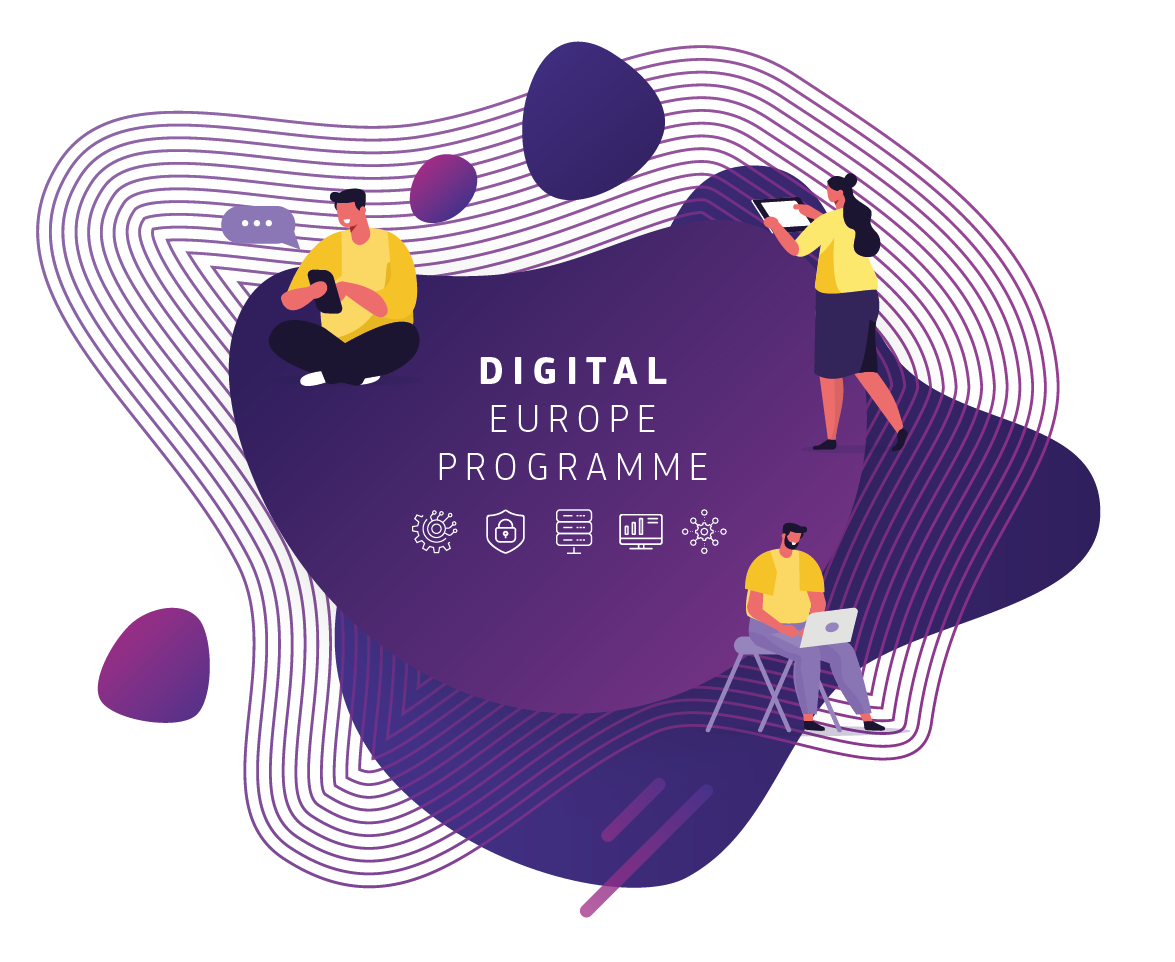VocBench History
In 2008 the group for Agriculture Information Management Standards (AIMS) of the Food and Agriculture Organization of the United Nations (FAO) developed a collaborative platform for collaboratively managing their Agrovoc thesaurus. The so-called “Agrovoc Workbench” soon met the interest of other FAO departments and several other organizations interested in open source solutions for collaborative thesaurus development.
Rebranded as VocBench (VB), to suggest a more general environment for thesaurus management, the platform was later strongly reengineered in the context of a collaboration between FAO and the ART group of the University of Rome Tor Vergata. The result of this collaboration, VocBench 2 (VB2), released in 2013, was rethought as a fully-fledged collaborative platform for thesaurus management, freely available and open-sourced, offering native RDF support for SKOS and SKOS-XL knowledge organization systems, while retaining from its original version the focus on multilingualism, collaboration, and a structured content validation and publication workflow. Under the hood, the original VB1 backend for RDF was replaced with the RDF Management framework Semantic Turkey, already developed by the ART Group.
The strengths of the platform included the possibility for project administrators to define roles with very specific capabilities and to assign them to different users according to their proficiencies and authorizations, together with the publication workflow where dedicated users could supervise the work of others and accept their modifications. They were appreciated especially by those organizations requiring a collaborative yet centrally controlled publication environment. Unfortunately, this controlled approach was realized on a rigid model comprising a few first-class resources (e.g. concepts, concept schemes, etc.) and predefined operations on them. Consequently, some other users felt more freedom on data modeling was missing from the system, desiring unrestricted capabilities for editing data at its very core, as in triple-oriented RDF editing environments. The increased freedom would also reflect in the possibility to customize the models, going beyond plain SKOS/SKOS-XL modeling, which is sometimes a must for users dealing with complex, yet still KOS-like, resources.
VocBench 3 (or, simply, VB3) was planned to overcome the above limitations, while broadening the original scope of the platform to a general-purpose collaborative environment for development of SKOS thesauri, OWL ontologies and RDF datasets in general. The VocBench 3 project has been funded by Action 1.1 of the ISA2 Programme of the European Commission for “Interoperability solutions for public administrations, businesses and citizens”. The action has been managed by the Publications Office of the European Union. VB3 has been developed in close collaboration with the ART group of the University of Rome Tor Vergata, the same group that contributed to the development of the second version of the platform.
VocBench 3 was released to the public on September 2017, under a BSD 3-clause license.







